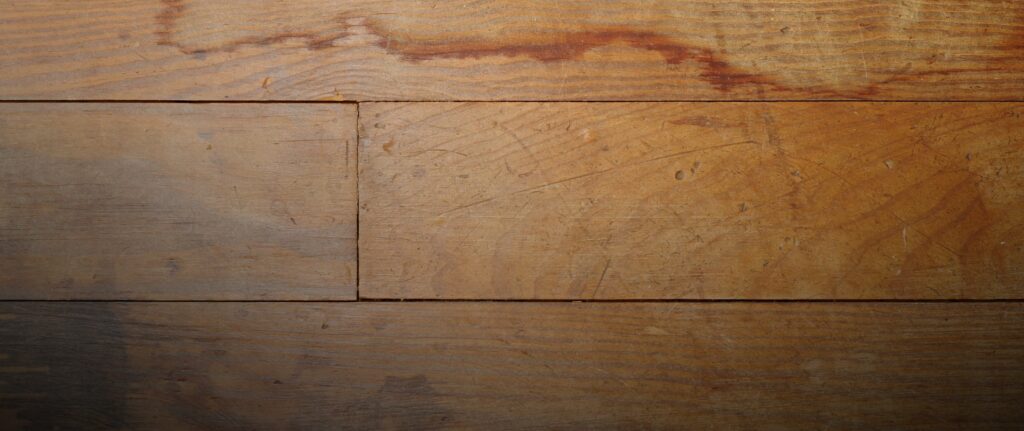Moisture Issues with Flooring
Moisture: The Hidden Threat Beneath Your Floor Coverings
Moisture creeps in, damaging floors, and can shut down entire facilities.
No matter the climate, moisture remains one of the leading causes of flooring failures—especially in commercial and government buildings. Concrete slabs, in particular, can retain moisture long after pouring, creating serious risks if not properly managed.
On an annual basis, there are over 2 billion in losses to businesses to correct these failures. Fortunately, with the right testing, planning, and installation strategies, these issues are preventable.
What Causes Moisture Issues For Floor Coverings?
Moisture related failures are most often due to one or all of the following:
| The moisture in the concrete slab has a higher emission rate than the floor covering can tolerate | The concrete slab was not allowed to dry sufficiently before installing the flooring. | No moisture testing was performed to ensure compatible products were being used for the floor covering (or it wasn’t done correctly.) | The conditions in which the moisture test was initially done changed over time. |
When High Alkalinity Wrecks Your Floor: What You Need to Know Before Installation
| The alkalinity level is too high in the concrete slab due to a high moisture emission rate. High alkalinity levels destroy the bond between adhesive and floor covering. | Alkalinity is measured on a pH scale of 1-14. Ideally, the concrete should be between 7-9 before the floor covering is installed. |
.
What Damage Can Moisture Cause?
→Debonding or adhesive failure (Degradation or oozing)
→Bubbling or blistering
→Discoloration or staining
→Floor covering cupping, denting, gapping between tiles
→Foul odor of adhesive long term and even mold are all signs of a moisture issue.
→Loose or hollow tiles
Without moisture correction precautions, the flooring could be destroyed completely.
How Do You Prevent Moisture-Related Flooring Failures?
Work with Flooring Professionals:
Hiring an experienced flooring contractor can ensure proper subfloor analysis and testing. It should be noted that when tests are taken, they are a “snapshot” in time and other conditions prior or after can mean different results can occur. Testing can be used as a guide in the decision-making process. Common moisture tests include:
Types of tests:
- RH (Relative Humidity): Shows the available moisture in the slab in its final state.
- Calcium Chloride: Shows the amount of moisture in the concrete at the surface.
- Alkalinity Test: Measures the pH levels in your flooring.
Use Preventative Products and Strategies:
- Moisture Barriers / Vapor Retarders: Crucial in high-moisture areas.
- High-Moisture Adhesives: Improve bond strength under challenging conditions.
- Environmental Considerations: Choose flooring suited for high-humidity or spill-prone areas (kitchens, entrances, cafeterias).
- Proper Maintenance Plans: Avoid over-saturating floors. Use pH-neutral cleaners and moisture-safe protocols.
- Entrance Matting: Reduces moisture tracking in high-traffic zones.
What Flooring Types Are Susceptible To Moisture Issues?
→Vinyl Composition Tile (VCT)
→Unbacked Sheet Vinyl
→Rubber Flooring
→Carpet Tile
→Vinyl Tile
→Other non-breathable finished floors
Where Continental Flooring Comes In:
At Continental Flooring, our specialists are ready to help you navigate moisture concerns with tailored product recommendations and expert guidance. From moisture testing to professional installation, we ensure your flooring is protected from the ground up.
Contact one of our flooring experts today to find the perfect solution for your facility’s unique moisture challenges.





